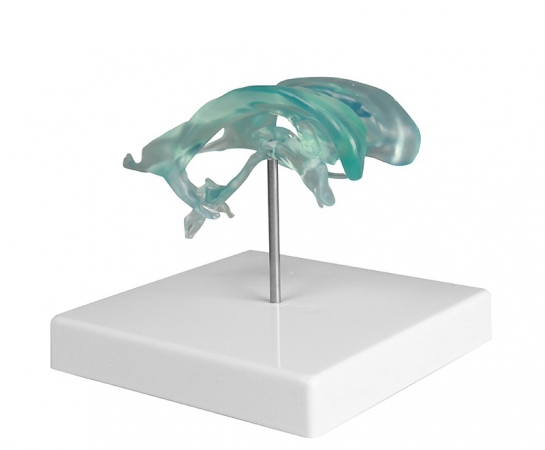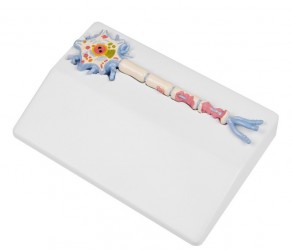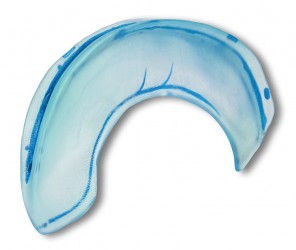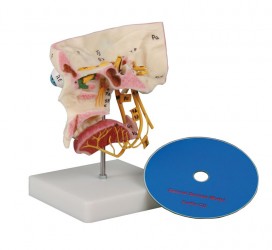Quality Certyficate
street: Kolejowa 2, 30-805 Cracow
Home / Anatomical Models / Nervous system models / The nervous system - miscellaneous
Anatomical Models
3D anatomy models
Custom tools for patient education
Veterinary simulators
Anatomical Charts
Anatomical Table 3D
Medical simulators
Medical Equipment
Type:
 Download a PDF file
Download a PDF file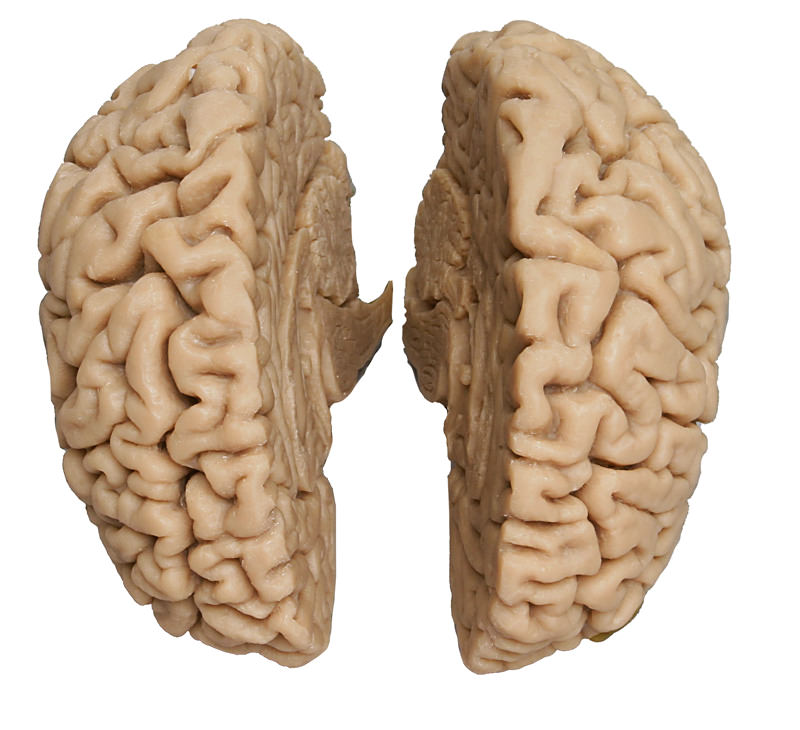
Model of the brain
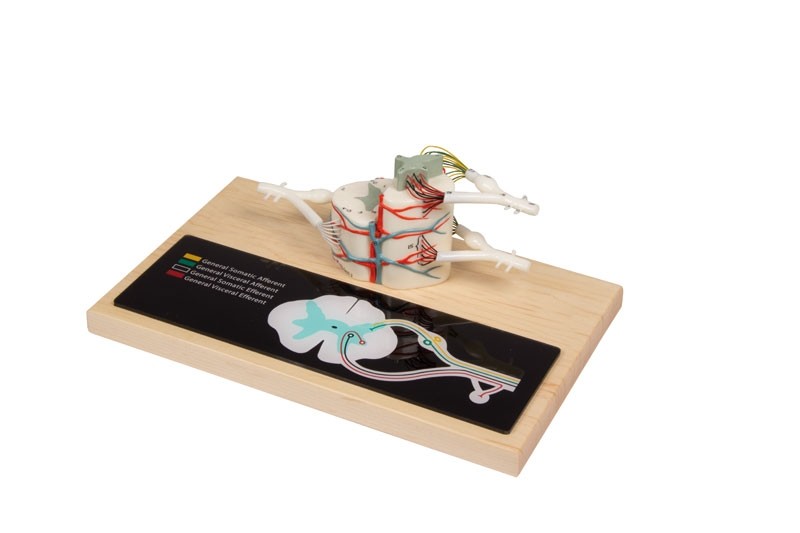
Spinal cord model
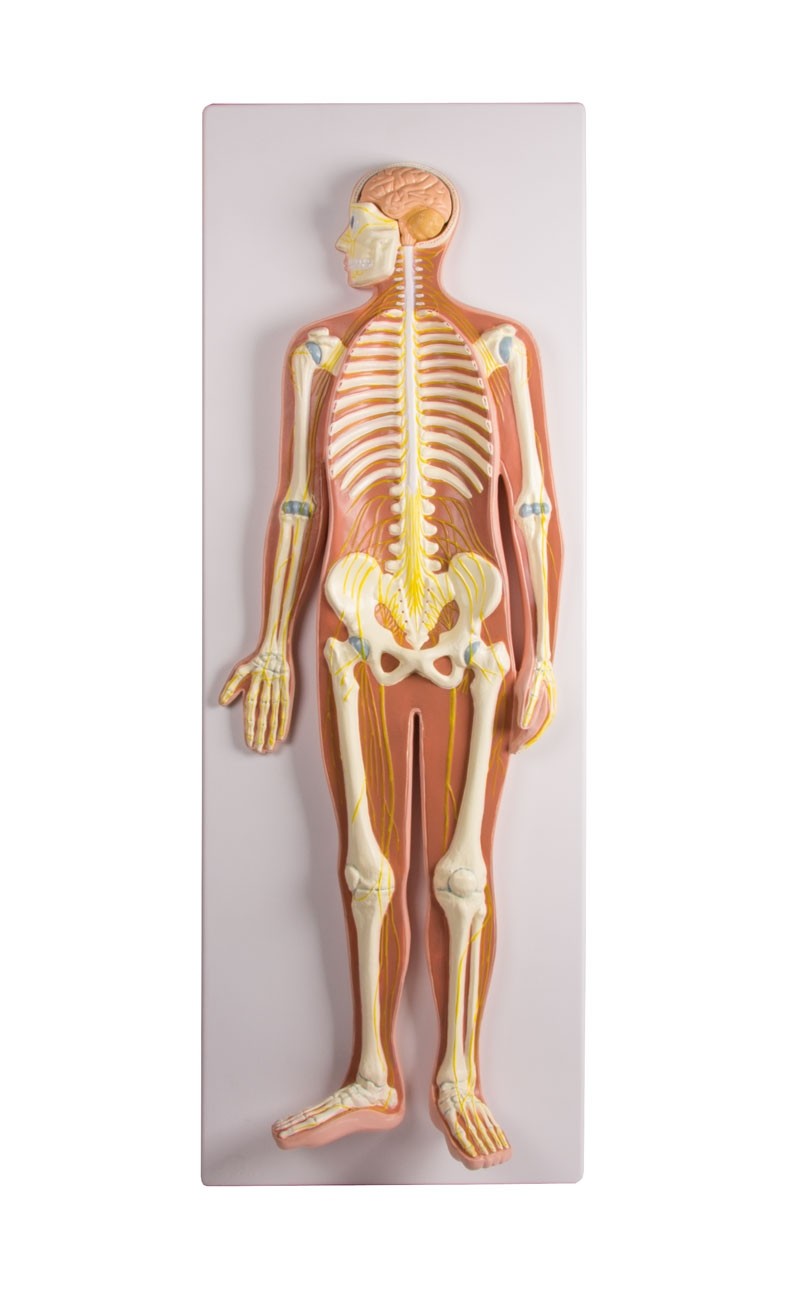
The nervous system
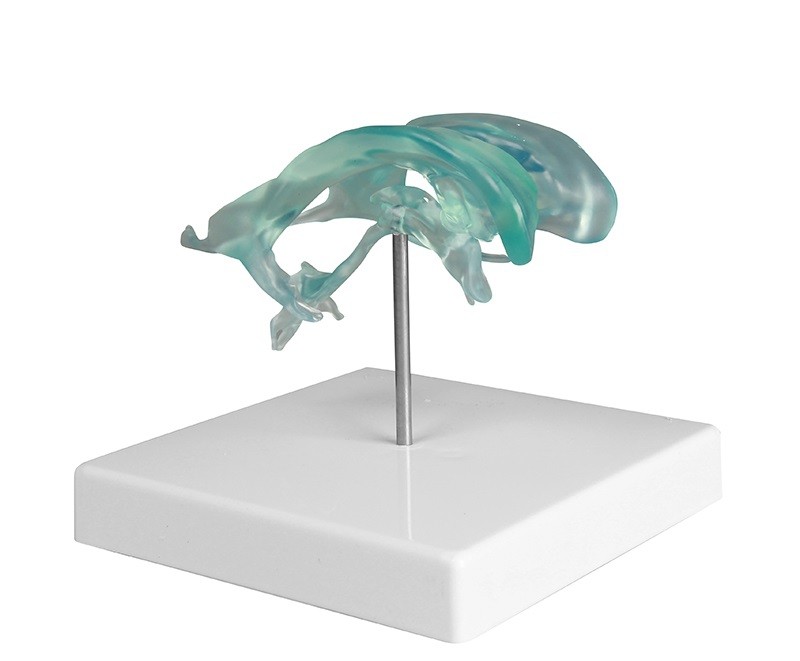
The nervous system - miscellaneous
Anatomical Models / Nervous system models
Life size model of the human lateral ventricles, cerebral aqueduct, as well as the 3rd and 4th ventricle. With removable stand. ...
This unique model shows an enlarged human neuron. The axon shows a healthy myelin sheath and three stages of myelin sheaths affected by multiple sclerosis. The neuron can be removed from the base for closer ...
This model represents a cerebral falx. It shows the orifices of the sternal veins, arachnoid villi, superior and inferior sagittal sinus and straight sinus. ...
This unique model has been specially developed to understand the five senses - sight, smell, taste, hearing and balance - with related nerves. The model consists of a full-size part of the skull with a removable eye and ...
1
Anatomical Models - Nervous system models
Models of the nervous system are irreplaceable tools used both to learn anatomy in schools and universities, but also as a decorative element in doctor's, physiotherapeutic, osteopathic offices and medical clinics. They offer visual and 3D representations of different parts of the nervous system, helping students, researchers, and medical professionals learn, diagnose, and plan treatment. In the resources of our online store, we have models of the brain, spinal cord, cross-section of the nervous system and its other elements. Each model is an exact representation of anatomical structures, created with great accuracy.
Anatomical structure of the nervous system:
The nervous system is a complex network system that plays a key role in the communication, control and regulation of various bodily functions. It consists of two main parts: the central nervous system (CNS) and the peripheral nervous system (CNS).
- Central Nervous System (CNS):
Brain: It is the most important organ of the CNS and is located inside the skull. It consists of various parts, including the forebrain, diencephalon, midbrain, and hindbrain. The brain controls many functions such as perception, thinking, memory, motor coordination and many more.
Spinal Cord: Is a long, cylindrical structural element that runs through the spinal canal. It is the connection between the brain and the rest of the body. The spinal cord transmits signals between the brain and the rest of the body and plays a role in regulating reflexes and movements.
- Peripheral nervous system (CNS):
Peripheral Nerves: The CNS is made up of many peripheral nerves that radiate from the spinal cord and brain and then carry information between the central nervous system and various parts of the body. They are divided into sensory nerves (transmitting sensory information to the CNS) and motor nerves (transmitting motor signals from the CNS to muscles and glands).
Ganglia: Ganglia are clusters of nerve cells located along the route of peripheral nerves. They play a role in the processing and regulation of nerve signals.
The nervous system also consists of other components, such as nerve cells (neurons) and glial cells, which have the role of supporting, protecting and nourishing the neurons. Nerve cells transmit signals in the form of electrical and chemical impulses to each other, creating a communication network throughout the nervous system.
The structure of the nervous system is extremely complex and diverse, and the description above is only a general outline of its structure. In fact, the nervous system is extremely finely organized, with hundreds of billions of nerve cells and countless connections that work together to enable the body to function properly.
Nervous system functions:
The nervous system performs many important functions in organisms. Here is a brief description of its main functions:
- Communication - The nervous system enables communication between different parts of the body and the organism as a whole.
- Movement control - nerve signals from the brain are sent to the muscles via the motor nerves, which allows for precise control of our movements.
- Feelings and perception - the nervous system allows you to receive external and internal stimuli, and then process them into feelings and perception.
- Coordination - it ensures harmonious cooperation between various organs and systems, enabling the proper functioning of the body as a whole.
- Maintaining homeostasis - The nervous system is involved in maintaining homeostasis, i.e. the internal balance of the body.
- Memory and learning - the appropriate structures of the brain process, store and reproduce information, enabling us to remember facts, experiences and skills.
- Autonomic Regulation - The nervous system controls many autonomic functions such as heart rhythm, breathing, digestion, hormonal secretion, and stress responses. It consists of the sympathetic and parasympathetic systems, which act antagonistically to regulate these processes.
These are just some of the main functions of the nervous system. Its role is extremely complex and includes many other aspects that affect bodily function and behavior.
What does the OpenMedis online store offer?
Due to the constant tracking of market trends, we offer a very large selection of anatomical models of the nervous system.
Below are descriptions of some of them:
- Brain models - in our offer we present various types of anatomical models of the brain, which present a detailed representation of brain structures, including different lobes of the brain, such as the frontal, parietal, temporal and occipital lobes. They may also contain separate parts that can be disassembled to better understand specific areas of the brain, such as the hippocampus, thalamus, white matter, and ventricular system. In our store there are e.g. models of the right hemisphere of the brain, neuroanatomical model of the skull with the brain, model of the brain with vascularization, magnified twice brain model, brain coronal sections, actual brain casts.
- Spinal cord models - These models show the structure of the spinal cord and spinal segments. The models show the segment of the spinal cord of the spinal column, the posterior and anterior branches of the spinal nerve, which converge into a spinal nerve.
- Whole nervous system - this subcategory contains models that show the general structure of the peripheral and central nervous systems and the division into the sympathetic and parasympathetic systems.
In addition, our offer includes models showing the circulation of cerebrospinal fluid, a model of brain diseases, brain ventricles, a sickle brain and a model containing sense organs.
Application of anatomical models of the nervous system:
- Education - an irreplaceable tool in the process of educating students of medical faculties.
- Scientific research – used to analyze and explore various aspects of neurology and neuroanatomy.
- Medical and physiotherapeutic consultations - help in explaining to patients their diseases, diagnostic procedures and treatment methods.
- Presentations and lectures – they help the recipient to understand the topic of the presented material faster.
- Interior design - they diversify the appearance of the office.
The anatomical models of the nervous system offered in our online store are high quality, detailed and made of durable materials. They provide a realistic representation of neural structures, enabling effective research, study and demonstration. Whether you are a medical student, teacher, researcher or medical professional, our anatomical models of the nervous system will be the perfect complement to your educational and research needs.
We also recommend models of the skull and head, which in combination with anatomical models of the nervous system will create an ideal set for learning anatomy.
If you have any questions or if the model of the nervous system you need is not available in the store, please contact us by e-mail or contact phone. We are sure that together we will be able to provide the necessary materials for learning and improving skills. We have the ability to produce models on request.





 See our profile on Facebook
See our profile on Facebook
 Check our profile on Instagram
Check our profile on Instagram
